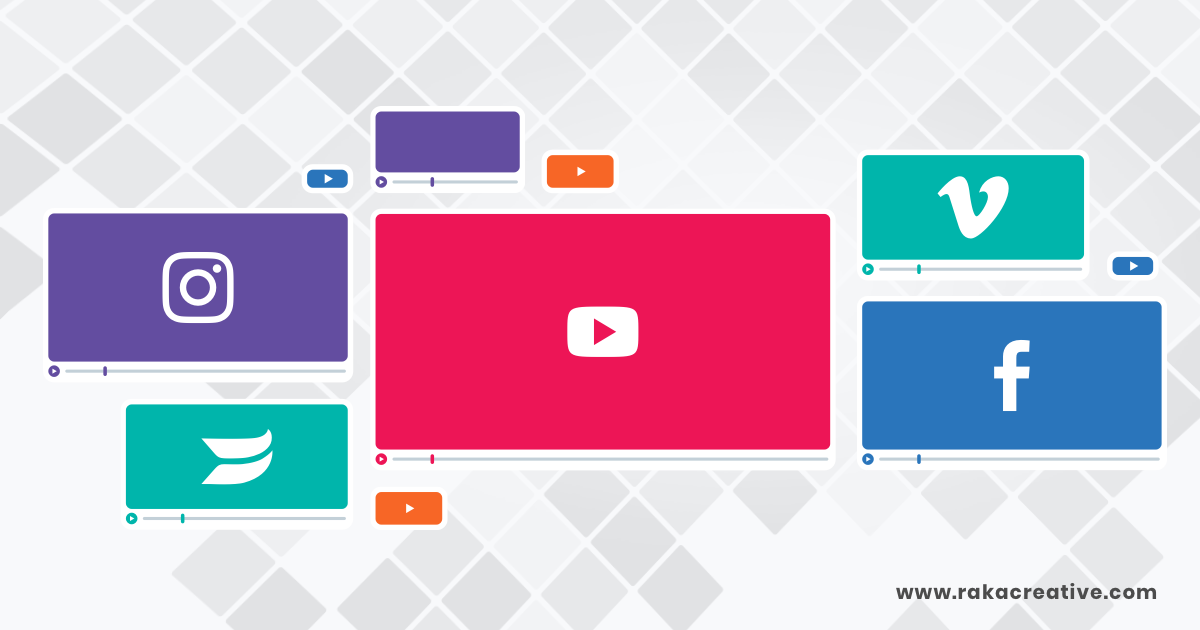Social media is one of those things that people carelessly list under the skills section on their resume despite having only used Twitter for a brief stint back in 2012 and checking Facebook on an annual basis. We’re here to tell you that being on social media and having social media skills are not the same thing, something the last few years have likely driven home for you.
Yes, social media might be second nature for certain generations, but, as with all things inbound marketing, there are specific best practices and general insights that can considerably enhance your results. When it comes to inbound marketing, there are some social media techniques that are proven to increase engagement and promote your brand. Because we’re not stingy with our secrets, we’re going to share these tips with you, and you’ll find our infographic at the bottom of this post.
Scheduled vs. spontaneous posting
Let’s start with balance. It’s tempting to flood your followers with a flurry of social posts. But that “maybe if I Tweet enough they won’t be able to ignore it” mindset won’t get you anywhere, especially as social media platforms tweak their algorithms Social media is an art, and art means balance, thoughtfulness, and a certain amount of panache.
The best way to go about planning posts is with a content calendar because it 1) makes you ask yourself the hard-hitting questions like why are you really posting Instagrams of the office dog every single day, thrice a day and 2) forces you to get organized.
Ever heard of the term social media cadence? Don’t worry—a lot of people haven’t. Cadence is essentially the rhythm and tone of your posts. It’s a little like music. (See? I told you social media is an art form.)
If you establish a posting cadence, you’ll be well on your way to social media success. At Raka, we send out five tweets, one Facebook post, and one LinkedIn post every day. On the weekends we alternate between a Facebook post or LinkedIn post per day.
For Instagram, we try to post 2-3 times per week when we have the photos or designs to accommodate that frequency. Unfortunately, the new algorithm—which exclusively prioritizes posts with the most engagement—poses a visibility challenge.
Spontaneous posting
Scheduled posting and content calendars certainly make life much easier for marketers, but that doesn’t mean you should stay within the confines of automation. When it comes to social media, there actually is a time and place for spontaneity, but there are a few things you should keep in mind.
First, you’ll be happier in the long run if you appoint just one person to be in charge of spontaneous posting at a time. This eliminates any chance for miscommunication or posting mistakes. At Raka, we rotate through our Senior Marketing Strategists to spearhead spontaneous posts.
It’s also important to not post on top of your previously scheduled posts or mess up the posting schedule by moving posts around too much. Remember: your social media makes up a huge part of your online presence and brand. Take as much pride in your social media as you do your website. Just because the posts are spontaneous, it doesn’t mean you don’t need to curate them!
Spontaneous posting is also great for live events, conferences, and TV events as long as you plan accordingly for live tweeting sessions or livestream videos, like an Instagram story.
So, when are the best times to post on social media?
As a skilled marketer who takes full advantage of available scheduling resources, you have the luxury of planning ahead to hit the peak traffic hours on social media so your posts get as much exposure as possible. But when exactly are those peak hours?

They say nothing good happens after midnight, except if you’re on Instagram. Apparently, 2 a.m. is a peak time to send out a quick pic and get it noticed. And, while half of the app’s users check their feed daily, most users tend to check their feed more during off-work hours rather than during the workday. Generally speaking, posting a photo to Instagram on Mondays and Thursdays at any time other than 3-4 p.m. has proven to boost visibility.

Facebook users split their time on the platform equally between logging in from mobile devices and desktop computers at home and at work. The best time to post on Facebook is between 1 p.m. and 4 p.m. The prime posting slots are Wednesdays at 3 p.m., Thursdays and Fridays from 1 – 4 p.m., and between noon and 1 p.m. on the weekend. Steer clear of posting on Facebook before 8 a.m and after 8 p.m on the weekend.

As a primary source of information and news for millions, Twitter is both a frequently visited website as well as a popular mobile app. Users log in at work and at home, treating it like an RSS feed they view during their free time throughout the day. On average, the best times to tweet are from noon and 3 p.m., and again from 5 – 6 p.m. during the commute home. People also seem to gravitate to the platform on Wednesdays, probably to break up the week.

LinkedIn—though considered a very popular networking platform—is used on a less frequent basis than other social media platforms. Rather than checking LinkedIn a few times per day like other social media apps, more than half of LinkedIn users only check the platform once a week. Your best bet is to post during the middle of the work week during the morning commute, mid-morning break, or the evening commute, looking for someone interested in learning something new about marketing or perhaps even looking for a job.
Content sharing
So, you have your social media content calendar all set up with the logistics—you know when to post, where to post, how to post, and why you’re posting. You have a purpose. You have a plan. Now you just need to figure out what to post.
Of course, what you post on social media depends entirely on your industry and your brand. As a digital marketing agency, we like to dabble in a few different areas of expertise: web development, inbound marketing, content writing, design, sales, and advertising. We tend to share a lot of our own blog posts, especially those that have been recently published or updated, and we like to link to our own digital marketing tools.
But we don’t exclusively share Raka content. We’re always on the lookout for outside resources that will help our followers learn and grow. If our team comes across an interesting and relevant article or video, we’ll share that. We like to use tools like Pocket to save and organize articles that we want to post in the future.
Quick tip: be as consistent as you possibly can with the quality of your social media accounts. Double check that your social media image sizes are up-to-date and troubleshoot your shared images before posting.
Audience engagement
When all is said, done, and posted, you still have more work to do. You need to interact with your audience on a regular basis in the form of comments or responses, favorites or likes, and retweets. Show your audience you care by letting them know that a real person is running your accounts. Again, only one person should be in charge of this at a time to avoid repeats and miscommunication.
Also, be sure to avoid these social media faux pas. You definitely don’t want to be that social media account—you know, the one that tries way too hard or the one that only sends auto-replies. That said, social media has the potential to be a very creative space, one where you can let your true brand and culture shine. Just take a look at these charismatic responses that HubSpot rounded up.
Now that you’re equipped with the general best practices for social media, go forth and harness the power of social media for your business, as it’s meant to be. Don’t forget to check out our infographic, too!
If you have questions after checking out our infographic, be sure to contact us!





